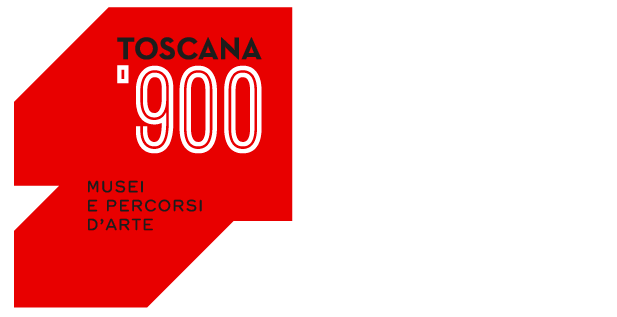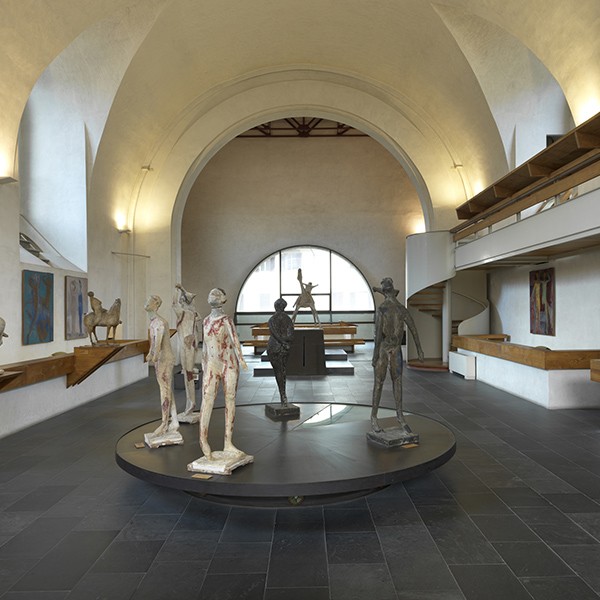In a city where the ancient world settled over a thousand years ago, the contemporary world finds its place by experimenting unusual liaisons in the city streets and in the museums and collections.
For the traveller intent on finding twentieth century art, the path intertwines continually with history: here you can visit the Gallery of Modern Art in Palazzo Pitti, a Renaissance building, which became a royal palace. And equally, the twentieth century collections ideally conclude a path which begins in neoclassical rooms and winds through the search for realism. No different are the one hundred and thirty self-portraits of 20th century Italian and foreign artists which have also been exhibited since 2013 in the final part of the Corridoio Vasariano [Vasari Corridor] alongside the one thousand eight hundred portraits of all epochs. In the three rooms of San Pier Scheraggio on the ground floor of the Uffizi Gallery, the ancient and the modern exist side by side and gain strength from each other: thus, Alberto Burri’s duo-tone Bianco Nero dominates above the entrance to what used to be the central nave of the church, and introduces the great battles of the Risorgimento painted by Cagli and Gattuso, and a re-meditation on the ancient mythologies by Marini and Venturi.
Similarly, the ancient collections at Bargello are enriched by contemporary donations; at the Marino Marini Museum, the works of the sculptor dialogue with Alberti’s wonderful little temple, a true Renaissance jewel, against the background of an ancient structure, now lived in by re-visitations of Etruscan sculpture attempted by the Tuscan sculptor, especially during his research in his youth. Nevertheless, it is possible for works infused with tradition to converge with works, such as those of Pietro Annigoni in Villa Bardini, which are often immersed in an atmosphere of Renaissance inspiration.
We can breathe the power of our classical heritage everywhere, even in the factories and workshops such as Il Bisonte which, in the decades after the Second World War, was capable of attracting international artists by teaching the ancient techniques, a heritage which has merged under the banner of modern values and topics.
The Museo Novecento [Twentieth Century Museum], inaugurated as recently as 2014, stands against the background of the ancient Leopoldine convent and continues to tell the story of a strong, lively genius loci. Even the most popular paths round the city bear traces of this osmosis between ancient and modern, where contemporary artists from all over the world, such as Folon in the Rose Garden, have left a mark of their passage along the many streets and piazzas of the city centre.

